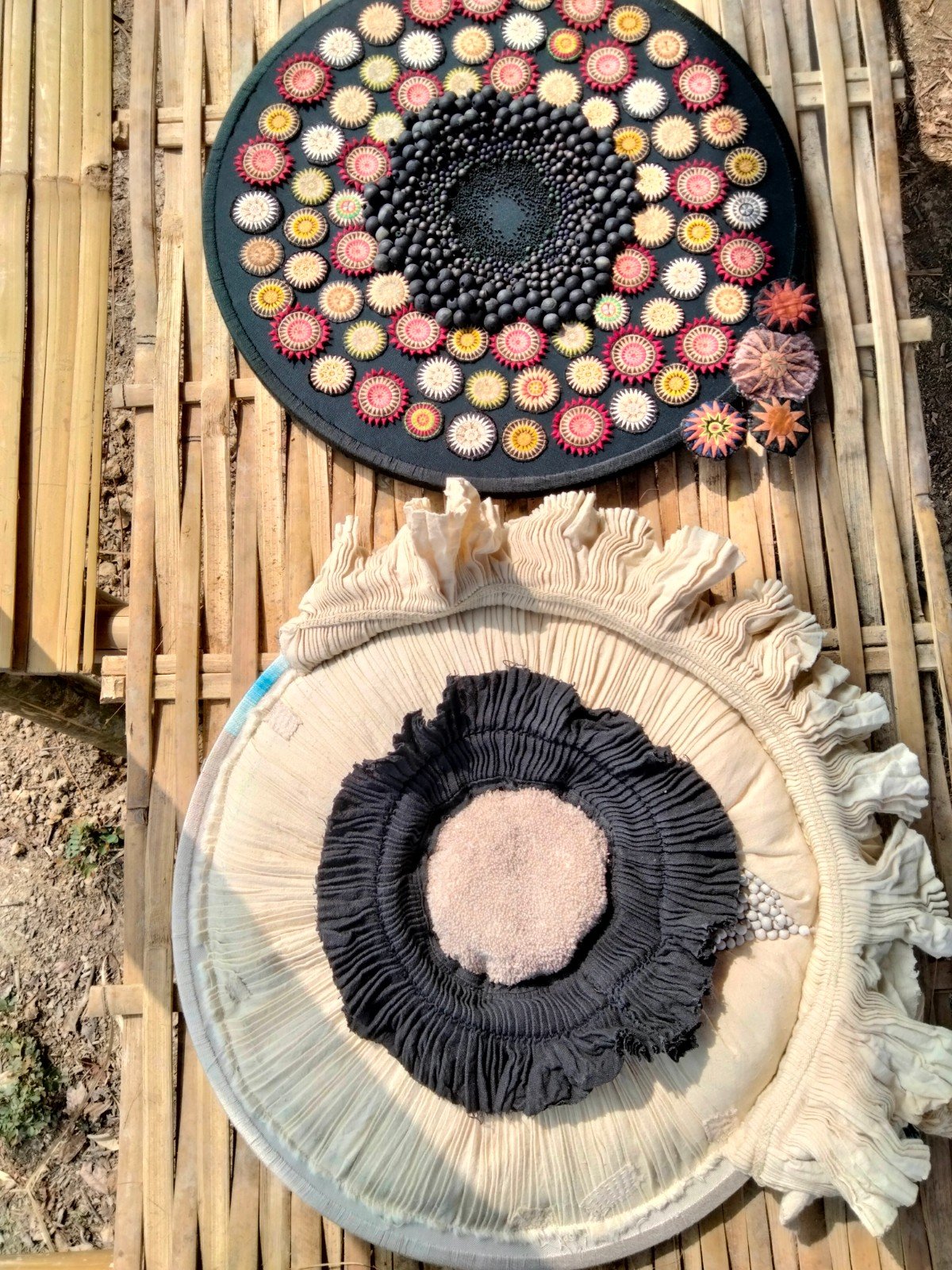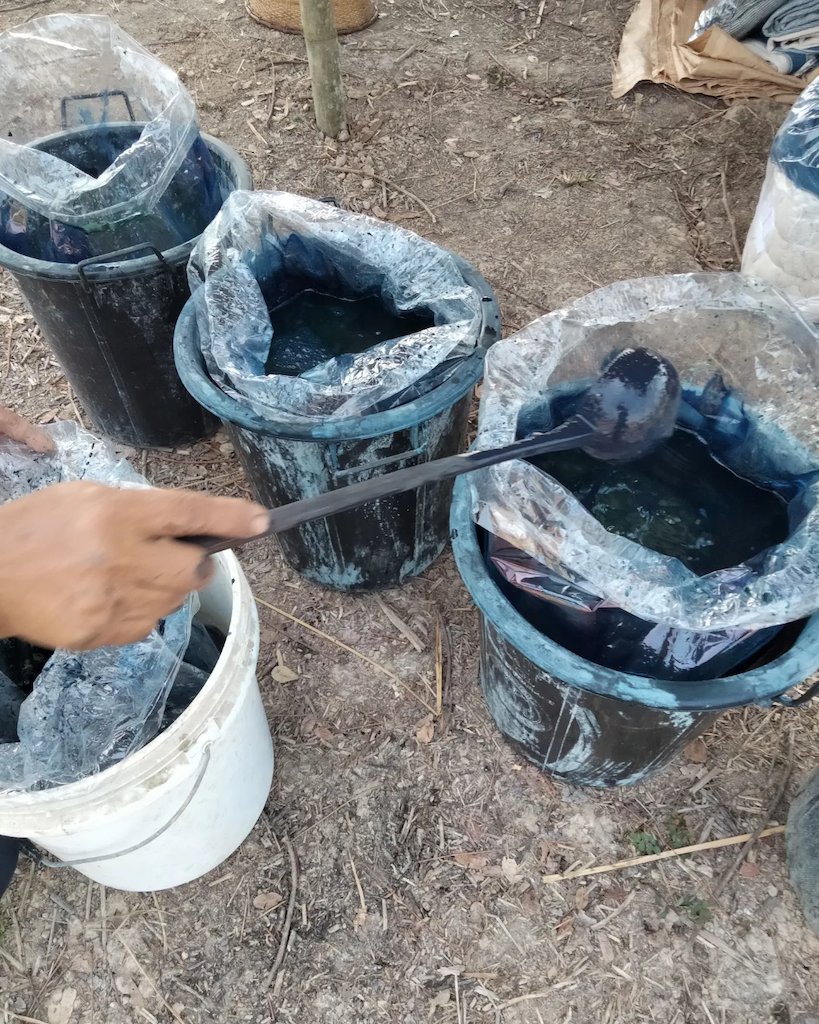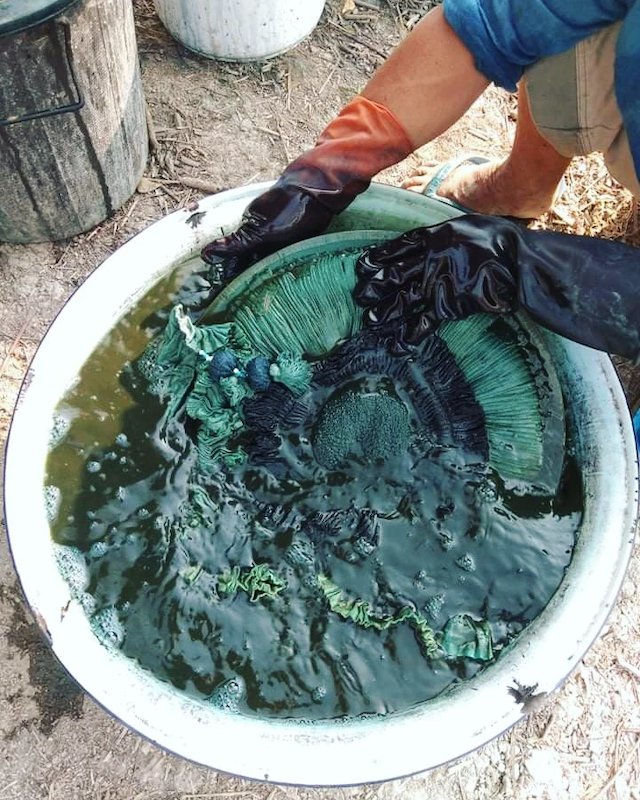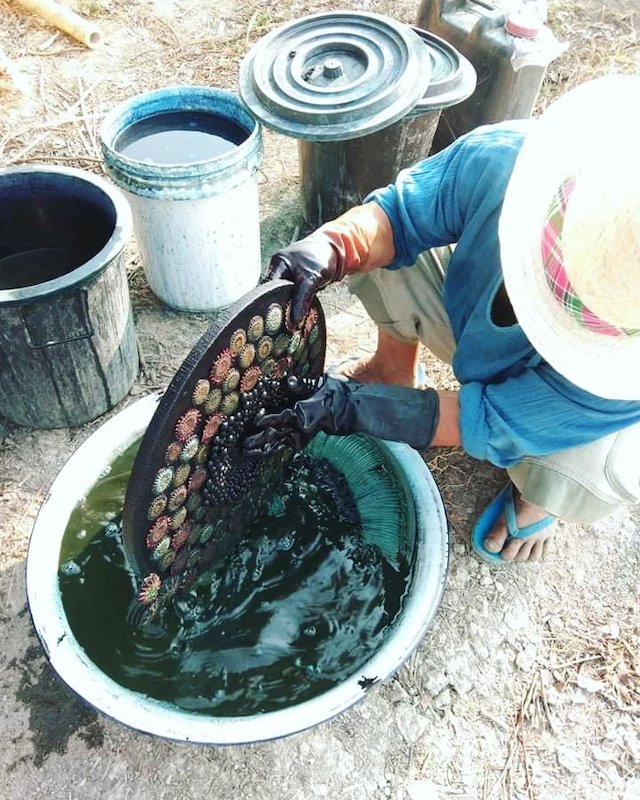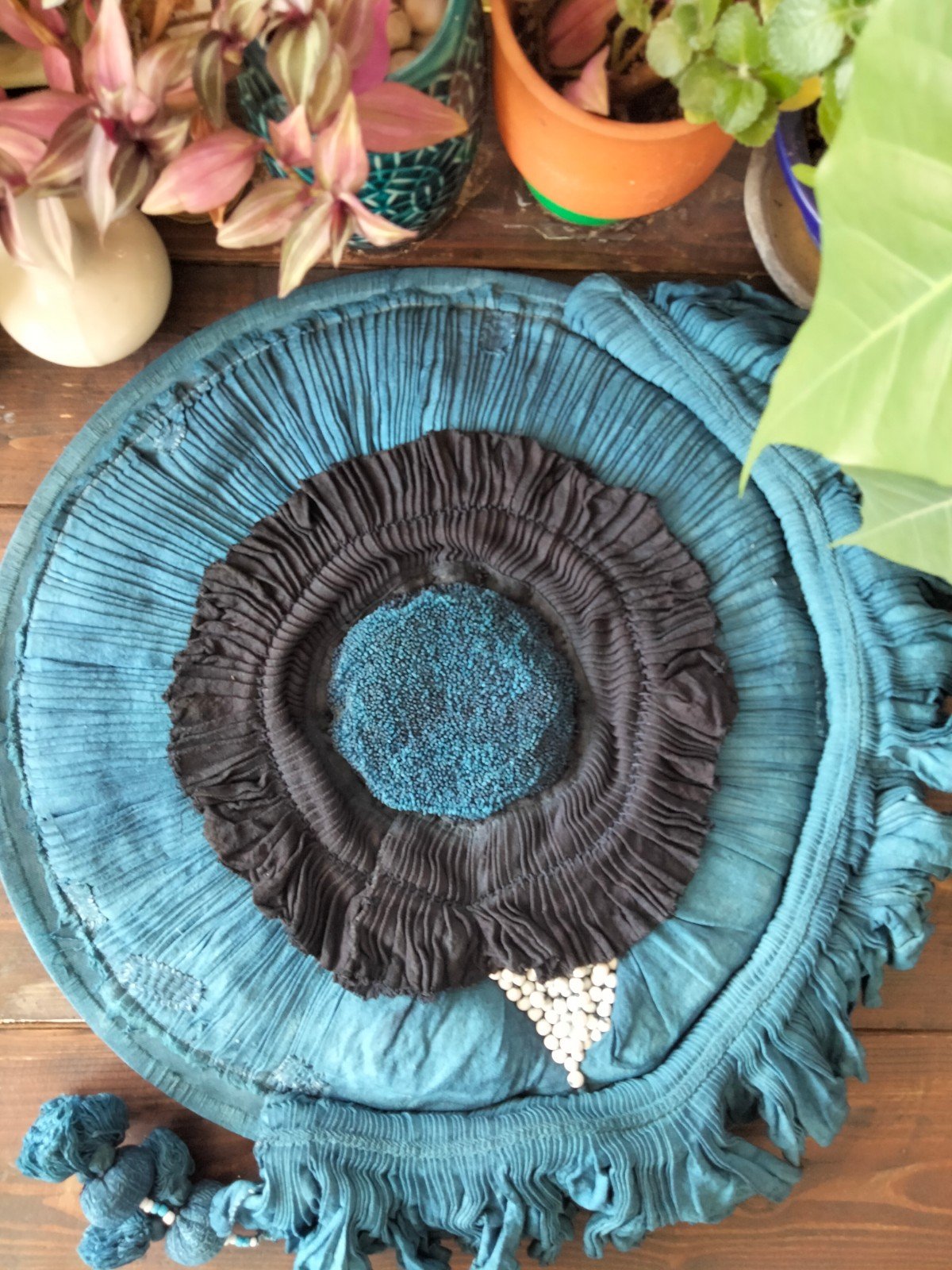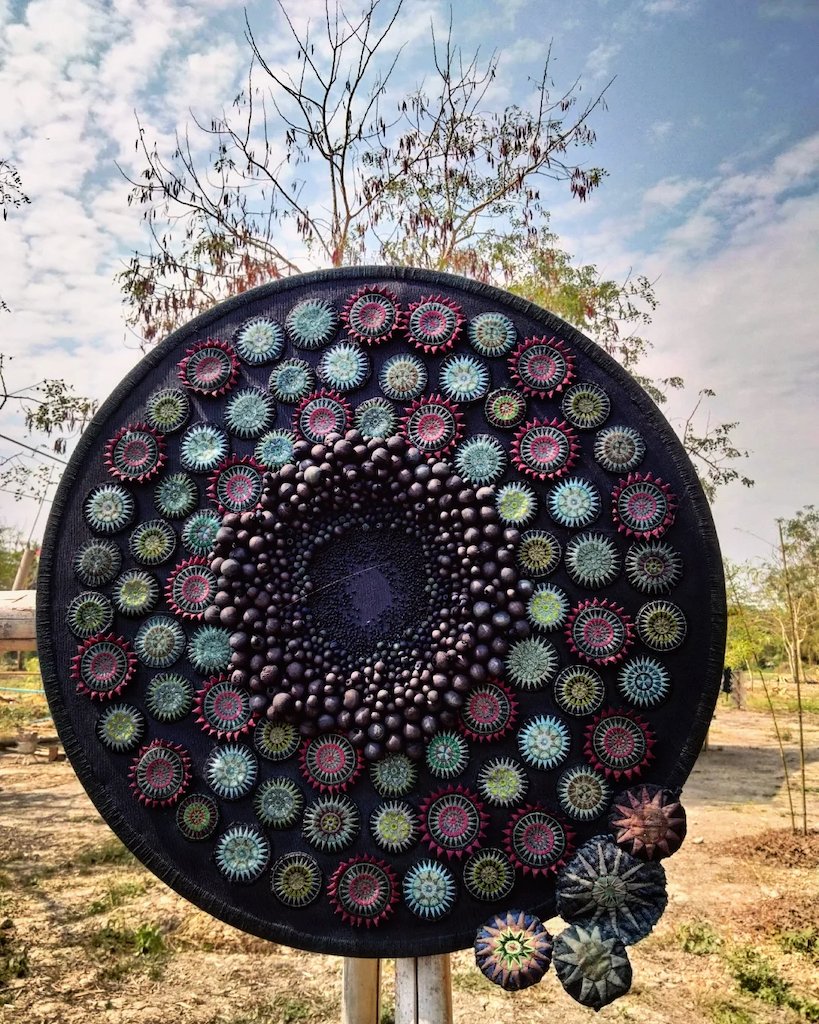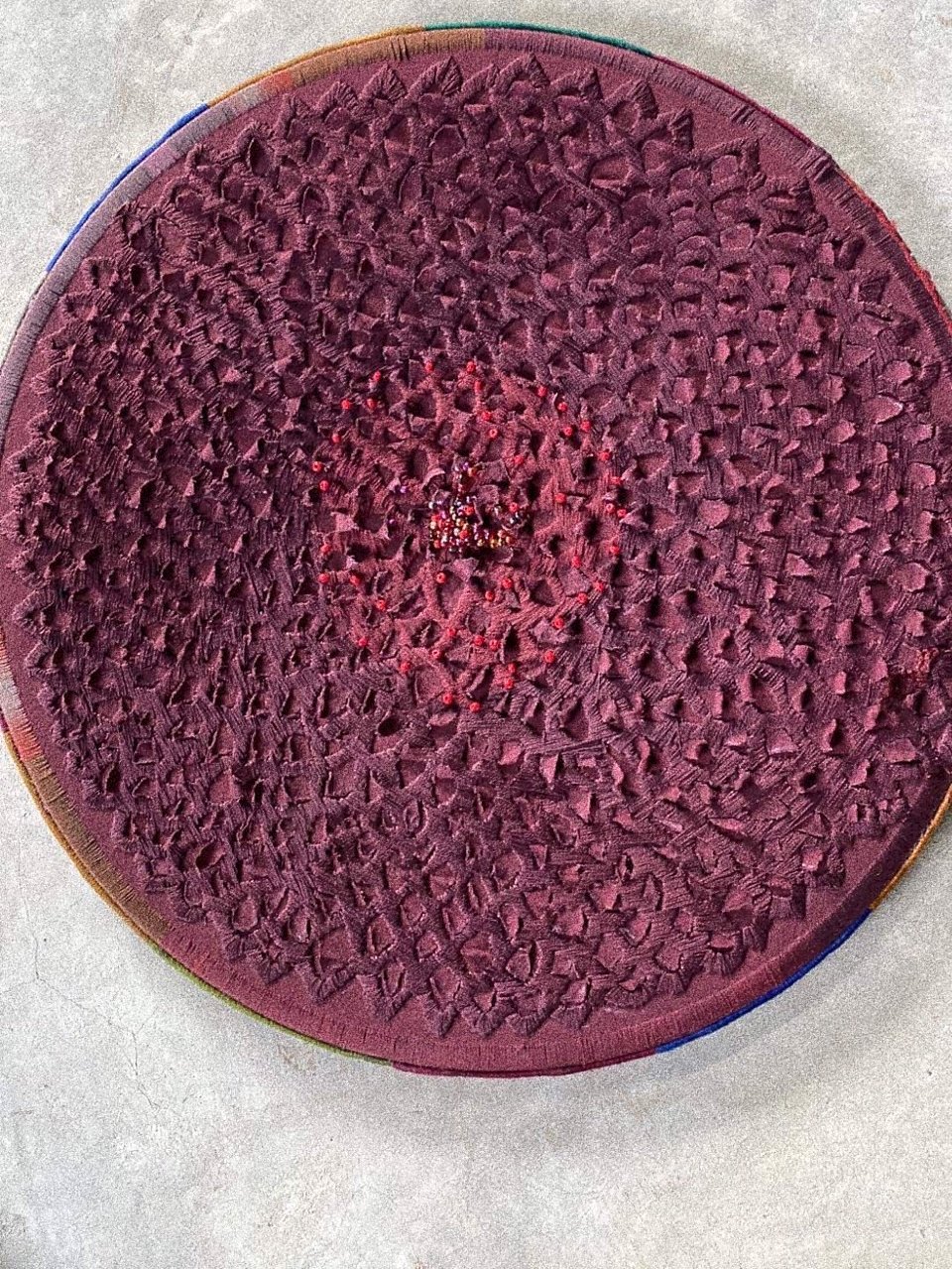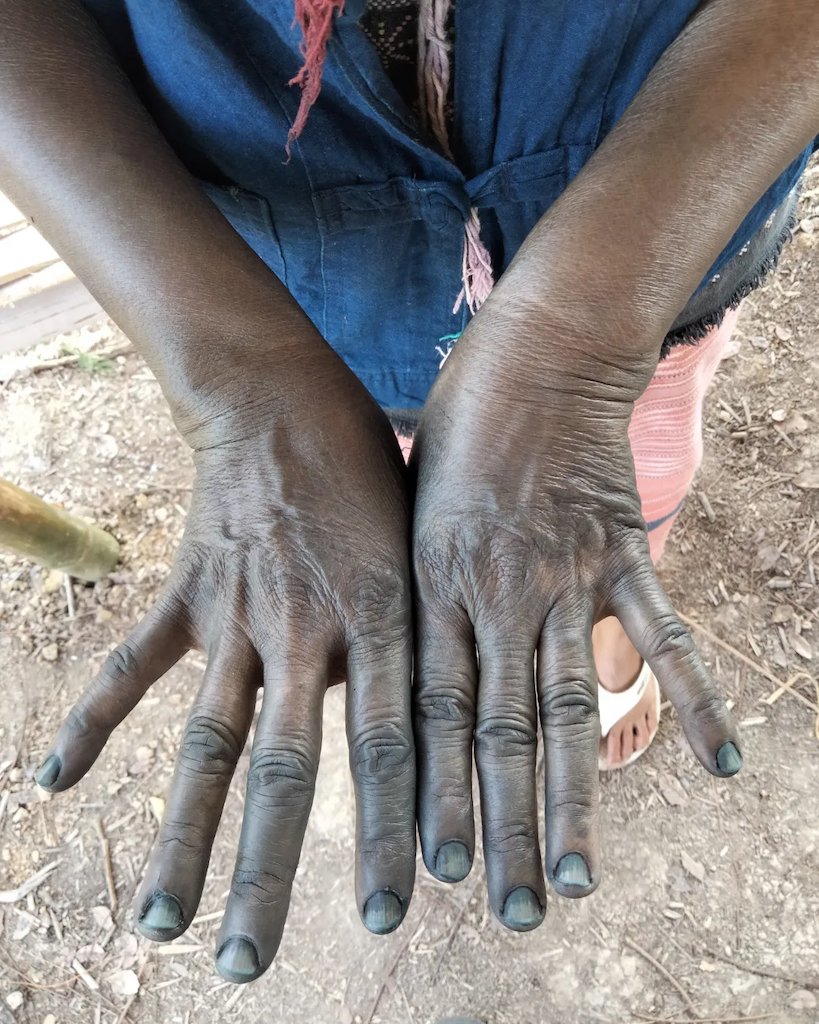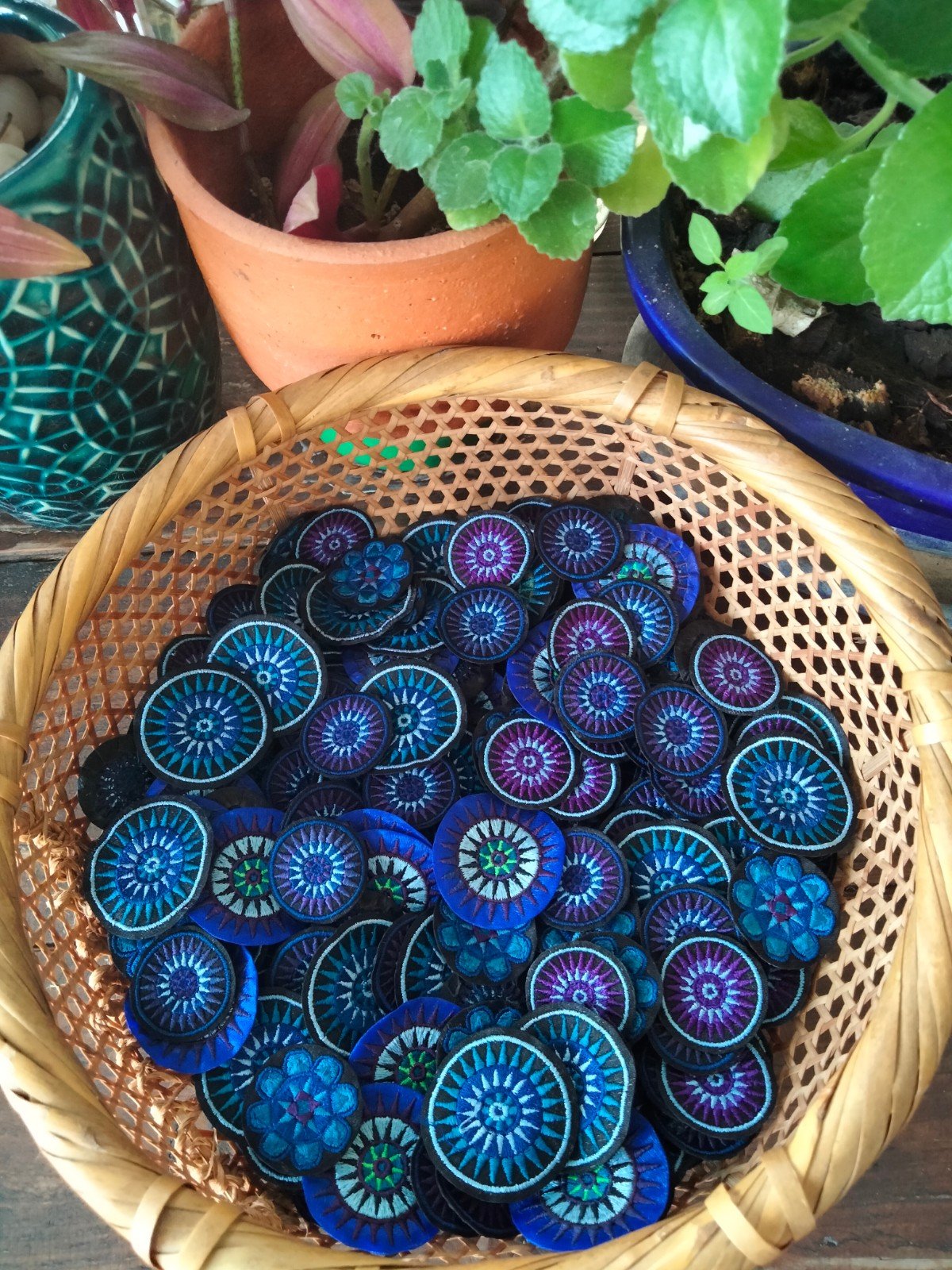Tactile Art
It all started when…
When I was child, I often explored the world and built my world with a feeling of touch. For example, I was pleasantly thrilled to feel the structure of flowers with the tactile impression. The sense of touch has been very important for my creative life since I was a child. As an artist now, I trust my tactile perception for my artwork, especially when I decide to finish my work. Actually, it was simply joyful to feel each texture of the material during my creation. The process itself was already my rejoicing .
I thought “Why don’t we touch the art piece like as a child?”.
Then I was wondering why audience members are not allowed to touch most of the exhibit pieces at museums and art galleries. Of course the answer was simple in my mind. The exhibits are all valuable, sometimes a cultural historical artifact, sometimes products of artists, and those have to be protected strictly to avoid any risks of being damaged. So the art scene has been focused and developed on mostly the visual aspect.
Oh, then I realized that I have never noticed a blind person at any museums and art galleries that I have been to before! How does blind people enjoy art without seeing exhibits at museums and art galleries. That was the first time for me to pay attention to the visually impaired with art.
I want as many of the visually impaired, their family and friends to feel like they belong to those art scenes, too. Because I believe that there might be more of the visually impaired who love art, who could be a great artist and a curator if there are more tactile exhibitions at museums and art galleries.
I started my journey to the world of touch with art 2019, and now working on a series “Flowering Imagination” 2020-2021.
How many flowers can appear in your eyes on the way you go everyday? And, how many of you actually attempt to touch the flowers, and then are amused by its marvelous structure?
We have been attracted by the beauty of nature, traditionally expressed through art and craft and so it still remains the same. This influences us to adopt the beauty of nature into our culture. In terms of what we feel for flowers, it is a fleeting beauty. However, biologically, flowers are one of the strongest vital organs. They have their perfect functional beauty. Unless we are inspired by nature and use our imagination to create a new kind of beauty within us. It is probably hard to surpass the beauty of nature at art by our creation if we just imitate it.
I am the one of those people who are attracted by the beauty of nature. And I found another beauty that has the same sublimeness as natural beauty. That is the intention of communication with the impulse of curiosity to understand differences in others. When I could meet a moment of the intention by chance, I feel a blooming within me and the surroundings as if it’s flowering. People may not always see beauty by our eyes. Perhaps we feel beauty. The beauty which is not obvious but in a way it's hidden…. An inevitable destructive beauty if you wish. Because the same as nature when it's necessary to destroy itself to keep a balanced organic beauty of its life, we destroy our old belief for becoming open to a new ourself to be balanced natural beauty.
I want you to touch and to feel the art objects look/feel like a part of the flower and imagine the whole aspect of the flower. This is the tactile part of my art. Using your sense of touch to glow your imagination, and see what is there in your mind. Flowering your imagination by touching. The flower in your mind is your original flower. And it is an organic beauty.
by Yoko-Sonya, from an essay “Envisioning your vision”
After the tactile fabric art exhibitions, I dye my exhibits with the natural materials for maintaining my exhibits to be sustainable grow.
touch
and imagine with creativeness.

